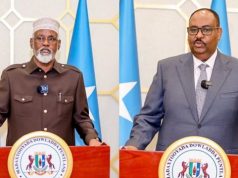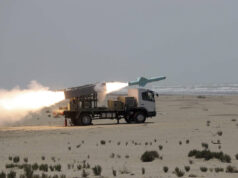
Decades of civil war and political fragmentation have made Somalia one of the poorest countries in Sub-Saharan Africa. Nearly seven of 10 Somalis live in poverty, the sixth-highest rate in the region. Poverty is both widespread and deep, and unless appropriate policies are implemented, persistent poverty and vulnerability will impede future economic and social development. Today, Somalia has an opportunity: Following years of sustained effort to re-establish basic economic governance, Somalia may be on the verge of initiating a debt relief process through the Heavily Indebted Poor Country (HIPC) Initiative. Normalized relations with international financial institutions mean policies can be translated into practice.
To better understand the lives of ordinary Somalis, the World Bank, together with the Somali statistical authorities created the Somali High Frequency Survey (SHFS). This survey covered all accessible regions, interviewing both urban and rural households to gather data on education, employment, security, consumption, and more. Voluntary video testimonials of Somalis were also recorded to complement the quantitative data and to give a voice and face to these data. The testimonials — with English subtitles — reflect the challenging situation of living in poverty in Somalia. They depict the sense of powerlessness, pain of hunger, stress, and feelings of disappointment. Yet many also expressed hope and optimism for their country and future. These testimonials inspire continued efforts to finding innovative ways to helping millions like them escape poverty. That’s why our Somali Poverty and Vulnerability Assessment (SPVA) analyzes these data and provides valuable insights about the underlying causes of poverty and the best strategies for fighting it.
According to the SPVA, almost nine of 10 Somali households are deprived of at least one fundamental dimension: access to income, electricity, education, or water and sanitation. Access to services is particularly limited for the rural population, internally displaced persons (IDPs) and nomads. Despite better conditions in cities, urban populations still struggle with hunger, high absolute poverty (64%), and high non-monetary poverty (41%). Access to education is low, a situation that threatens to constrain human capital development and economic growth. Cultural preferences in Somalia dictate that children start school later, and nearly 27% of children enrolled in primary school are older than 13 years. Distance from schools is impedes access: For one in three Somali households, schools are at least 30 minutes’ walking distance. Fostering access to education will be essential for breaking the poverty cycle and increasing welfare in the long run….





